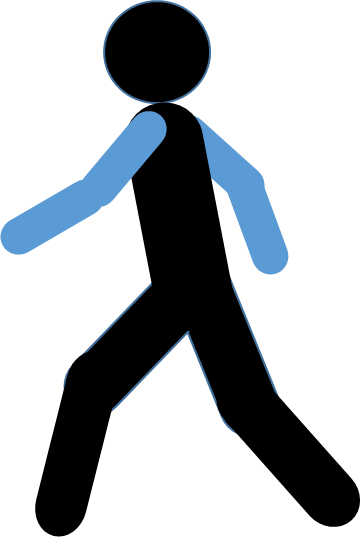Influence of resistance exercise on monocyte subtypes and intracellular immune markers in trained postmenopausal women.
Abstract
PURPOSE: To compare the acute effects of high-load (HL) and low-load (LL) resistance exercise (RE) on circulating monocytes, their subpopulations, and intracellular expression of immunoregulatory markers (IL-10, IL-1beta, TLR4, TLR6, and HSP27) in trained postmenopausal women. METHODS: Thirteen trained postmenopausal women completed two RE protocols (7 exercises): HL (90% 1RM, 6 reps, 3-min rest) and LL (50% 1RM, 20 reps, 90-s rest), in a randomized crossover design. Blood samples were collected PRE, POST, and 1H. Flow cytometry quantified monocyte subsets and the proportion of cells expressing the target markers. RESULTS: Circulating monocyte percentages increased significantly (P < 0.001), with a more sustained elevation after LL (P = 0.016). No major changes were seen in the overall distribution of monocyte subsets, but the intermediate-to-classical monocyte ratio decreased (P < 0.001), indicating a relative increase in classical monocytes. In non-classical monocytes, the proportion of cells expressing IL-10 (P = 0.005), total HSP27 (P = 0.016), and phosphorylated HSP27 (P < 0.001) decreased, while the proportion of IL-1beta-expressing cells remained unchanged. The IL-1beta to IL-10 ratio increased at 1H (P = 0.009). No changes were detected in the proportion of cells expressing TLR4 or TLR6. CONCLUSION: Both HL and LL RE induced acute immunomodulatory responses with similar patterns. Load magnitude appears less influential than the RE stimulus itself in shaping monocyte-mediated immune changes.
| Authors: | de Queiroz Freitas AC, Orsatti CL, Borges AVBE, Portari GV, Souza MVC, da Silva MV, Orsatti FL |
|---|---|
| Journal: | Eur J Appl Physiol . 2025 Jul 28. doi: 10.1007/s00421-025-05925-9 |
| Year: | 2025 |
| PubMed: | PMID: 40719860 (Go to PubMed) |

